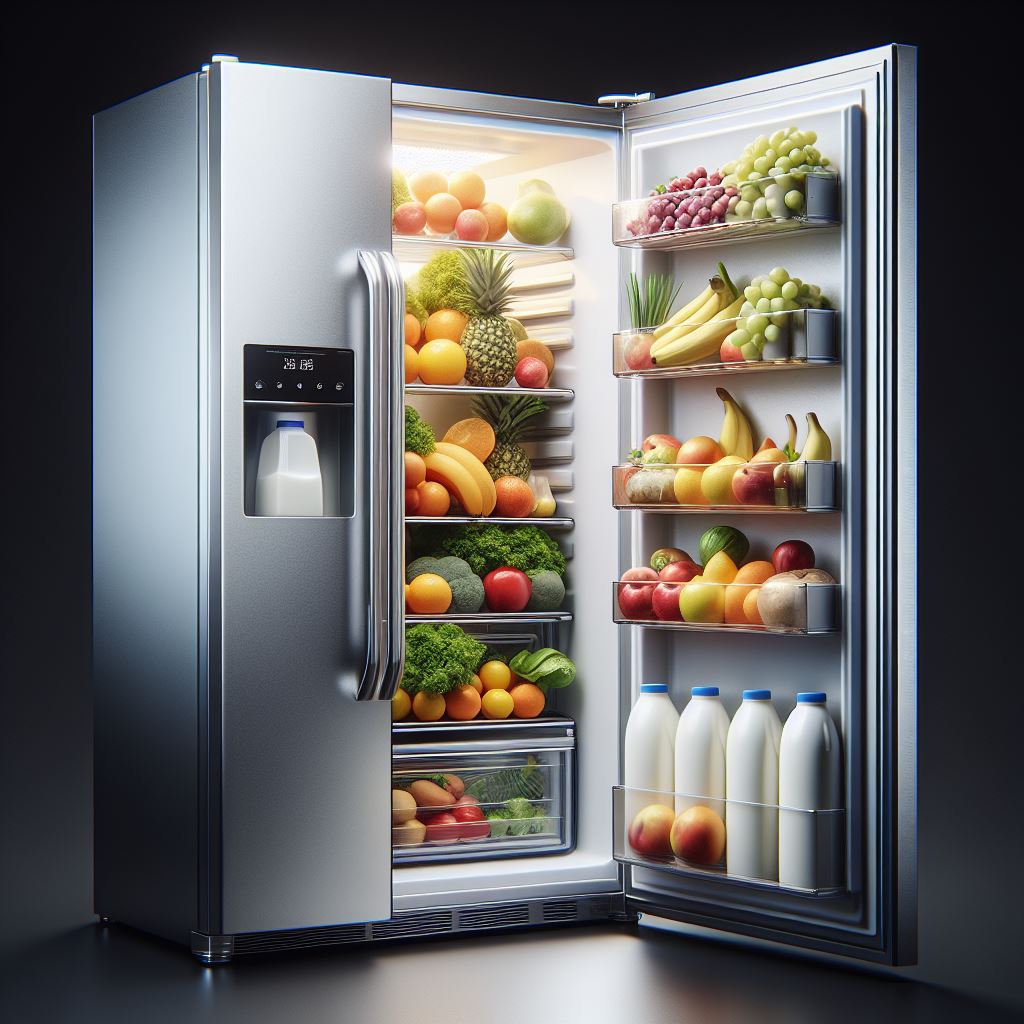Have you ever opened your refrigerator only to find it covered in beads of sweat on the inside? It can be a puzzling and frustrating experience, but don’t worry, you’re not alone. Refrigerators sweating on the inside is a common issue that can be caused by a variety of factors. In this article, we will explore the reasons behind this phenomenon and provide you with some tips on how to prevent it from happening again. So, grab a cold drink and let’s dive into the world of sweaty fridges!
If you’ve ever opened your refrigerator only to find water droplets or beads of moisture on the inside walls or shelves, you may be wondering why this is happening. This phenomenon, known as refrigerator sweating, can be a common issue for many homeowners. Fortunately, there are several reasons why your refrigerator may be sweating on the inside, as well as some simple solutions to fix the problem.
One of the most common reasons for refrigerator sweating is humidity. When warm air enters the refrigerator and comes into contact with the cold surfaces inside, condensation can form, leading to moisture build-up. This is especially common in the summer months when humidity levels are higher. To combat this issue, make sure to keep the door of your refrigerator closed as much as possible and avoid leaving it open for extended periods of time. Additionally, you can use a dehumidifier in the room where your refrigerator is located to help reduce overall humidity levels.
Another possible cause of refrigerator sweating is a faulty or worn door seal. If the seal around the door of your refrigerator is not airtight, warm air from the outside can seep in, leading to condensation and moisture build-up. To check if your door seal is the issue, try placing a dollar bill or piece of paper between the seal and the door frame. If you can easily pull it out without any resistance, it may be time to replace the seal.
Additionally, a dirty or clogged condenser coil can also contribute to refrigerator sweating. The condenser coil is responsible for releasing heat from the refrigerator, and if it becomes dirty or clogged with dust and debris, it can cause the refrigerator to work harder, leading to excess moisture inside. To fix this issue, regularly clean the condenser coil with a vacuum or brush to ensure proper airflow.
Lastly, if your refrigerator is set to a temperature that is too low, it can also cause sweating on the inside. The ideal temperature for a refrigerator is between 37-40 degrees Fahrenheit. If your refrigerator is set lower than this, it can cause the interior to become too cold, leading to condensation. Adjust the temperature settings to the recommended range to prevent sweating.
In conclusion, refrigerator sweating can be a common issue for many homeowners, but it is usually easily fixable. By addressing factors such as humidity, door seals, condenser coils, and temperature settings, you can prevent excess moisture build-up inside your refrigerator. If you continue to experience sweating despite trying these solutions, it may be time to call a professional for further inspection and repair.
1. Why is my refrigerator sweating on the inside?
– Your refrigerator is sweating on the inside because of the difference in temperature between the cold interior of the fridge and the warmer air outside. This causes condensation to form, leading to the water droplets you see.
2. Is it normal for my refrigerator to sweat on the inside?
– Yes, it is normal for refrigerators to sweat on the inside due to the temperature difference. However, excessive sweating or water accumulation could indicate a problem with the door seals or temperature settings that need to be addressed.
3. How can I prevent my refrigerator from sweating on the inside?
– To prevent your refrigerator from sweating on the inside, make sure the door seals are in good condition and close properly. Avoid opening the door frequently or leaving it open for extended periods of time. Additionally, you can try adjusting the temperature settings to reduce the temperature difference between the inside and outside of the fridge.
